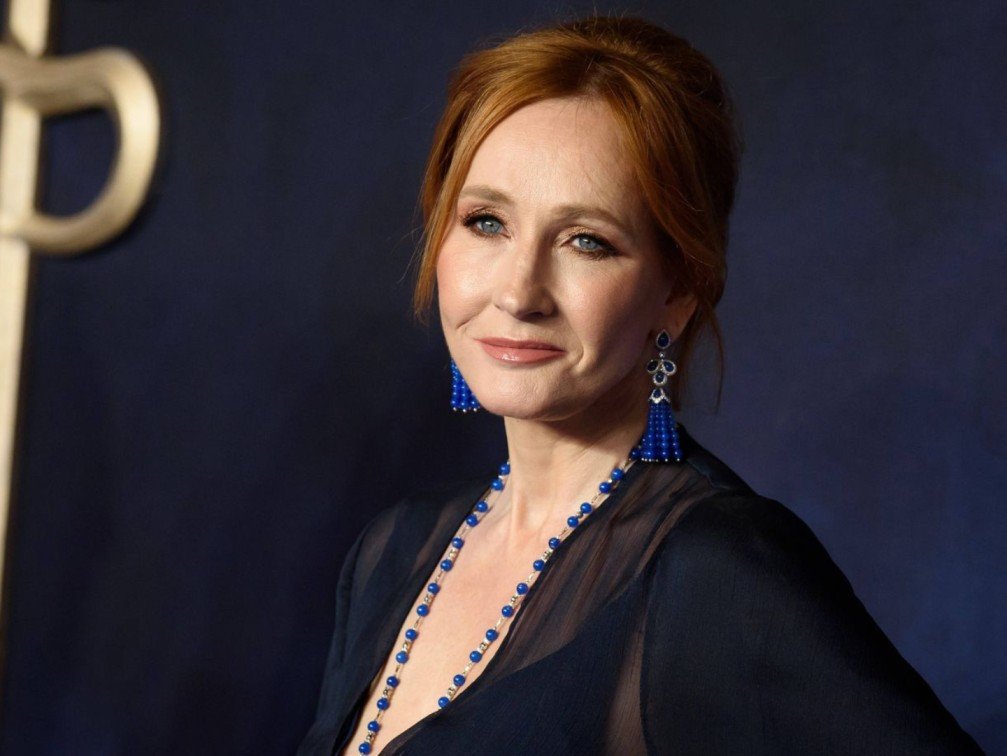Helen Keller
Full Name: Helen Adams Keller
Born: June 27, 1880, Tuscumbia, Alabama, United States
Died: June 1, 1968, Easton, Connecticut, United States
Nationality: American
Occupation: Author, Disability Rights Advocate, Political Activist, Lecturer
Famous For: First deafblind person to earn a Bachelor of Arts degree and her lifelong advocacy for disability rights.

Early Life and Family Background
Helen Adams Keller was born to Captain Arthur H. Keller and Kate Adams Keller in Tuscumbia, Alabama. The father was a former Confederate Army captain who served as the editor of the North Alabamian newspaper. The mother belonged to a prominent Southern family and was related to the second President of the United States, John Adams.
Till she was 19 months old, Helen had been a healthy, lively child, but the illness then struck her when it was described as “acute congestion of the stomach and brain,” no doubt scarlet fever or meningitis. This illness made her deaf and blind, and she entered a world of isolation.
When Helen was a child, she often threw tantrums because she could not communicate. Once, in her frustration, she broke her sister’s doll. She later writes that these moments reflected her intense desire to connect with the world.
The Turning Point: Anne Sullivan
Helen’s parents hired Alexander Graham Bell in 1886, hoping he could assist them. He advised them to get in touch with the Perkins Institute for the Blind in Boston. In March 1887 Anne Sullivan a 20-year-old graduate of Perkins, arrived at the Keller home. Anne, a blind student herself started teaching Helen to read and write.
The breaking point came on April 5, 1887, at the water pump in the family home. Anne placed Helen’s hand under running water and spelled “W-A-T-E-R” into her other hand. Suddenly, Helen realized that the letters matched the cool liquid she felt in her palm. Helen was now ready to face the language world.
Helen later wrote, “That living word awakened my soul, gave it light, hope, joy, set it free!”
Within the same day after the incident with the water pump, Helen learns 30 new words which include ‘mother’, ‘father’, and ‘love’. She even labels this one as ‘one of the happiest days of her life’.
Education Journey
With the support of Anne Sullivan, Helen embarked upon an incredibly remarkable educational journey. She learned to read and write in Braille, use tactile sign language, and even speak. She attended the Perkins Institute for the Blind, the Wright-Humason School for the Deaf in New York City, and the Horace Mann School for the Deaf.
It was in 1900 that Helen enrolled at Radcliffe College. Helen was the first deaf-blind student to attend college. Anne spelled lectures and texts into her hand, enabling Helen to study. Helen graduated from college cum laude in 1904 with a Bachelor of Arts.
Helen once read John Milton’s Paradise Lost by running her fingers over raised print. She later said that reading great literature was like “climbing a mountain, difficult but worth the view.

Literary Works and Writing Career
Helen Keller was a renowned writer whose words inspired and advocated for change. Her autobiography, The Story of My Life (1903), detailed her childhood struggles and her transformative bond with Anne Sullivan. This timeless classic not only captured her journey from isolation to education but also became a symbol of hope and resilience, inspiring generations to overcome challenges and embrace the power of learning and determination.
Other notable works include:
- The World I Live In (1908), which described her sensory perceptions.
- Out of the Dark (1913), a collection of essays on socialism and social justice.
- Midstream: My Later Life (1929), an account of her global travels and advocacy.
“When one door of happiness closes, another opens; but often we look so long at the closed door that we do not see the one which has been opened for us.”
Advocacy and Activism
Helen Keller dedicated her life to advocacy, not only for people with disabilities but also for broader social justice causes. She worked with the American Foundation for the Blind (AFB) for over 40 years, helping to improve education and employment opportunities for the blind.
Helen also championed:
- Women’s Suffrage: Advocating for women’s right to vote.
- Labor Rights: Supporting workers’ unions and condemning child labor.
- Pacifism and Socialism: Criticizing war and promoting equality.
“Alone we can do so little; together we can do so much.”

Personal Life
Two people of central importance to Helen’s life were Anne Sullivan and Polly Thomson. When Anne died in 1936, Polly, who had been serving as Helen’s secretary since 1914, became Helen’s chief companion and assistant.
Although Helen never married, she went through love and heartache. In 1916, she fell in love with journalist Peter Fagan. Although he asked her to marry him, social opposition and her family thwarted this action. Helen often expressed her regret over that with tears in her eyes but never let her life become limited by it.
Helen once said, “I have loved and been loved; that is enough for me.”
Later Years and Death
Despite suffering a series of strokes during the 1960s, Helen remained committed to her advocacy work. In 1964, she was awarded the Presidential Medal of Freedom, one of the United States’ highest civilian honors, given by President Lyndon B. Johnson.
Helen Keller died on June 1, 1968, at her home in Easton, Connecticut. She was buried at Washington National Cathedral beside her teacher, Anne Sullivan.
“Death is no more than passing from one room into another. But there’s a difference for me, you know. Because in that other room, I shall be able to see.”
Legacy
Helen Keller’s life remains an inspiring testament to human resilience and the transformative power of education. Her journey from isolation to global advocacy represents a journey to overcome probably one of the most daunting obstacles there is. In 1915, Helen co-founded Helen Keller International, an organization dedicated to combating blindness, malnutrition, and poverty in developing countries. Today, it operates in over 20 nations, offering much-needed life-saving and health interventions.
Helen’s astounding story has inspired numerous adaptations in literature, theatre, and film, including the prize-winning play and movie The Miracle Worker, which portrays her life with Anne Sullivan. Her legacy continues to inspire individuals and organizations worldwide, proving that persistence and knowledge can conquer all barriers.
“The best and most beautiful things in the world cannot be seen or even touched – they must be felt with the heart.”
Stay tuned to inspire4ward for more updates.



